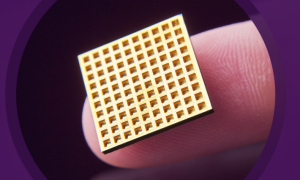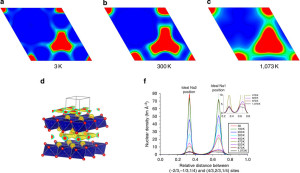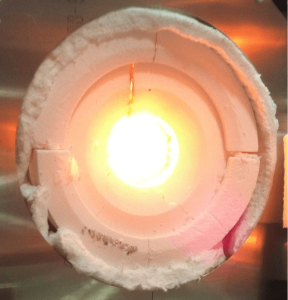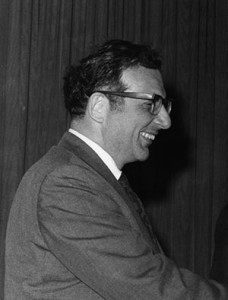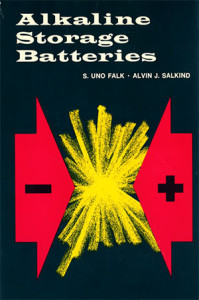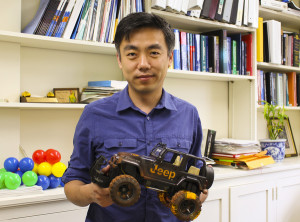
During initial trials, the team tested the nanogenerator’s capabilities on a toy car with LED lights.
Image: UW-Madison College of Engineering
Earlier this year, the company Goodyear announced its concept of a tire that can harvest heat in a variety of ways to help power electric vehicles. Since then, researchers from the University of Wisconsin-Madison have been hard at work on their own accord to develop a tire that can harvest the typically wasted power produced from friction.
A team of UW-Madison researchers got together, led by Dr. Xudong Wang, to develop a nanogenerator that has the ability to harvest the energy from a car’s rolling tire friction, which will potentially make care tires a much more efficient product.
Find the paper in the journal Nano Energy, and take a look at Wang’s past paper, “3D Nanowire Architectures for Highly-Efficient Photoelectrochemical Anodes,” published in ECS Transactions.
This from UW-Madison:
The nanogenerator relies on the triboelectric effect to harness energy from the changing electric potential between the pavement and a vehicle’s wheels. The triboelectric effect is the electric charge that results from the contact or rubbing together of two dissimilar objects.


